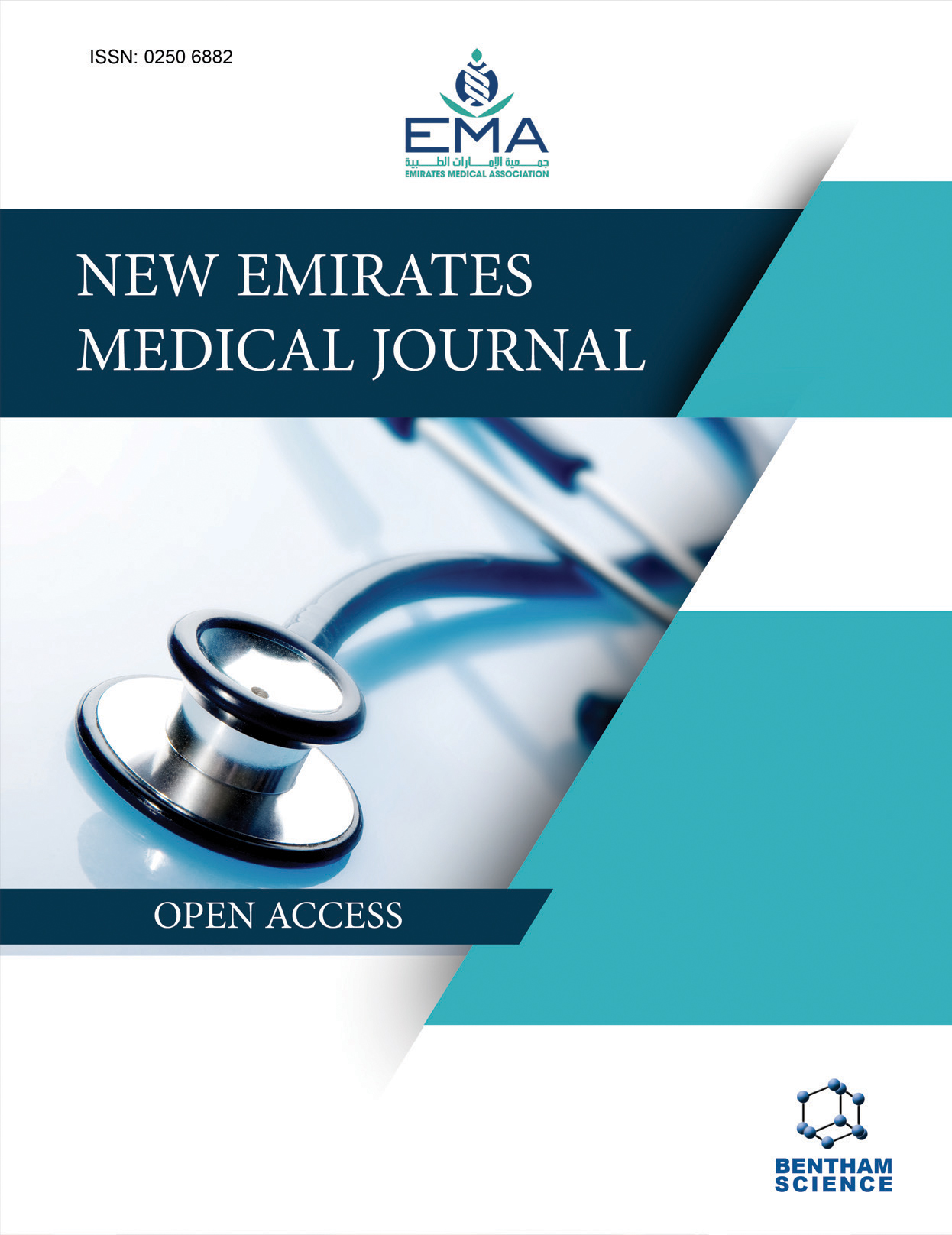-
oa Flu Viral Multiplex Testing and its Implication for COVID-19 Testing
- Source: New Emirates Medical Journal, Volume 2, Issue 1, Jan 2021, p. 16 - 19
-
- 28 May 2020
- 11 Aug 2020
- 08 Sep 2020
Abstract
Background: The diagnosis of viral causes for flu-like syndromes have positively been impacted by the availability of molecular assays. In recent years, syndromic multiplex panels have been able to give rapid turn-around-times and highly accurate results. We examine the use of this test during the first four months of 2020 during the COVID-19 pandemic.
Methods: A retrospective review of 2145 patient results from a multiplex syndromic flu panel using Biofire RP2 was performed. Cases in which parallel testing for COVID-19 by real-time polymerase chain reaction (RT-PCR) was compared.
Results: 53% of the patients tested identified as a viral agent. 13% of the positive cases were coinfection with more than a single virus. The most frequently detected virus(es) were rhinovirus/enterovirus, followed by coronaviruses (non-MERS, non-COVID-19). One hundred patients had simultaneous testing for COVID-19. Seventeen (17%) had positive COVID-19 by RT-PCR. Three of these patients had coinfection with rhinovirus/enterovirus and COVID-19. The negative predictive value for COVID-19 based on a positive non-COVID agent was 95% in our sample.
Conclusion: Viral syndromic panels are useful for the rapid detection and appropriate treatment of patients. Our results suggest coinfection is infrequent, and we discuss the impact of COVID-19 on patient testing strategy. The use of multiplex panels is useful to provide accurate diagnosis and rule out important pathogens that have different treatment approaches.


